Home>Ideas and Tips>Hidden Oasis Indoor Water Feature Secrets
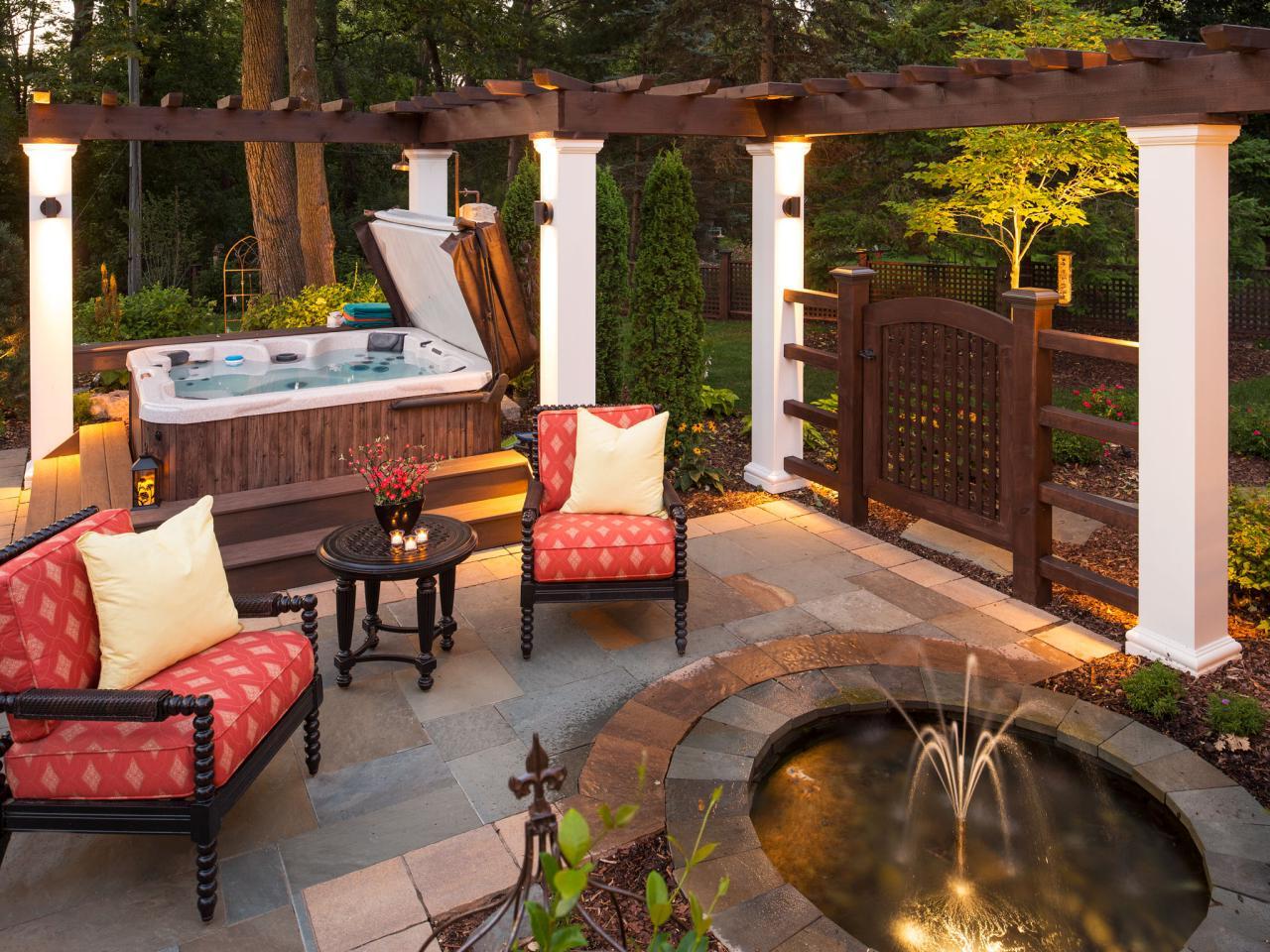

Ideas and Tips
Hidden Oasis Indoor Water Feature Secrets
Modified: November 2, 2024
Discover the secrets of indoor water features, from historical marvels to modern urban gardens, and create your own serene oasis at home.
(Many of the links in this article redirect to a specific reviewed product. Your purchase of these products through affiliate links helps to generate commission for Storables.com, at no extra cost. Learn more)
In the heart of bustling cities, there exist hidden oases that offer a serene escape from the concrete jungle. These indoor water features not only provide a tranquil environment but also serve as a testament to human ingenuity and design. From the intricate water systems of the Alhambra Palace to the modern urban gardens in Midtown, these spaces are a blend of nature and architecture that captivate the senses.
The Alhambra Palace: A Masterclass in Water Design
Located in Granada, Spain, the Alhambra Palace is a marvel of Moorish architecture. The palace's water features are an integral part of its design, reflecting the importance of water in Islamic culture. The Acequia Real, a 6 km stretch of water above the Darro River, supplies the entire Alhambra citadel with water through a network of channels and pools. This system was designed to ensure a constant flow of water, using the natural flow of the Darro River to create pressure that made the water flow naturally along its course.
Acequia Real: The Main Water Channel
The Acequia Real is the backbone of the Alhambra's water supply system. This main channel carries water from the Darro River to the palace, distributing it through various sub-channels and pools. The system was meticulously designed to provide clean drinking water, which was essential for both the inhabitants and the lush gardens within the palace. The Arabs who built this system were meticulous in their maintenance, ensuring that the water network remained clean and functional for centuries.
Aljibes: Water Storage Tanks
Next to the Puerta del Vino and the Torre de la Vela lies the Plaza de los Aljibes, a square filled with large water storage tanks known as aljibes. These tanks were typical in Granada and played a crucial role in storing water for the palace and its gardens. One notable example is the 34-meter-long water tank built by the Count of Tendilla in 1494. Historically, a kiosk in this square would hand out glasses of drinking water to thirsty visitors, adding to the oasis-like atmosphere of the Alhambra.
Patio de los Arrayanes
The Patio de los Arrayanes, or the Court of the Myrtles, is a perfect example of how water features enhance the grandeur of a palace. This elongated pool creates a captivating mirror effect that amplifies the size of the palace. The sound of a small fountain at the end of the pool soothes visitors, while the myrtle hedge around it releases a delicate scent when in flower. The architects considered all five senses when designing these spaces, ensuring that every element contributes to an immersive experience.
El Partal and Comares – Royal Baths
El Partal, dating back to 1302-1309, is the only palace within the Alhambra that has remained almost unchanged since the Nasrid period. Its rectangular pool reflects the arches of its façade, creating a mirror effect that adds to its beauty. The Palacio del Partal is an excellent example of how water features can enhance architectural design.
El Baño de Comares, or the Royal Baths, is an original Hammam that was used by the Catholic kings in the 15th century. This bathhouse is fully intact and serves as an excellent example of medieval Islamic bath architecture. The ceiling has star-shaped openings for regulating temperature and steam inside the baths, which were distributed in three rooms: cold, warm, and hot. The importance of cleansing as a religious rite was not only an important part of daily life but also a social activity.
Read more: The Best Plants For A Beautiful Indoor Oasis
Modern Urban Gardens: A Blend of Nature and Architecture
In contrast to the historical water features of the Alhambra Palace, modern urban gardens offer a contemporary take on indoor oases. These gardens are designed to provide a lush environment in the midst of bustling cities, often incorporating cutting-edge design elements.
Midtown East Garden Oasis
In Midtown East, a new public park and garden oasis has been created by international architecture, landscape, and interior design firm Snøhetta. This project occupies space at 550 Madison Avenue between 55th and 56th Streets. The garden features 48 trees, 200 shrubs, 6,300 bulb plants, and 10,000 herbaceous understory plants. These plantings encourage a variety of birds, butterflies, and other pollinators to thrive in this environment.
The garden is partially covered by a glass canopy, providing an indoor-outdoor feel that invites visitors to linger. Circular rooms allow for various experiences such as catching up with friends over lunch or relaxing next to the sounds of a waterfall. This urban garden is open year-round and offers a dynamic amenity to tenants of 550 Madison Avenue.
Ford Foundation Building Atrium
The Ford Foundation building in Midtown features a 12-story atrium that acts as an indoor oasis from the bustling city. This atrium serves as a natural light-filled space that connects different levels of the building through its open design. It provides a serene environment for both employees and visitors alike, offering a peaceful escape from the urban chaos.
Secret Sprinklers on the Roof of the Natural History Museum
In New York City, there exists another hidden oasis – the secret sprinklers on the roof of the Natural History Museum. This rooftop garden is accessible without needing to buy a ticket and features grass and sprinklers. It has become an awesome place to hang out on hot days, whether or not you decide to visit inside the museum. Visitors can grab lunch at nearby Shake Shack or Hampton Chutney for an added experience.
Creating Your Own Indoor Oasis
While visiting these hidden oases is certainly enchanting, creating your own indoor water feature can be just as rewarding. Here are some tips for designing your own oasis:
Choose the Right Location
When selecting a location for your indoor water feature, consider the natural light available. A spot with plenty of sunlight can help maintain the health of plants and reduce the need for artificial lighting. However, if you're looking to create a year-round oasis, partial coverage with a glass canopy or skylights can provide adequate light while maintaining an indoor-outdoor feel.
Select Durable Materials
Durable materials are essential for creating a long-lasting indoor water feature. For example, using tempered safety glass panes in terrariums ensures safety while maintaining visibility. Similarly, galvanized-steel planting trays are durable and resistant to corrosion, making them ideal for indoor use.
Incorporate Green Products
Incorporating green products into your design can enhance both aesthetics and functionality. Products like the Sanctuary by Botanica Boutique offer desktop mossariums that add a sense of calm to any space. These kits include tweezers, a mister, microfiber cloth, and a template to trim the moss to the ideal size.
Utilize Hydroponic Systems
Hydroponic systems like IKEA's Krydda/Växer offer an efficient way to grow greens and herbs indoors. These systems use absorbent plugs and a soil alternative to start seedlings off before replanting them in an open unit with its own solar lamp.
Integrate Technology
Intelligent systems like Grove Ecosystems can make maintaining an indoor oasis almost maintenance-free. These systems use fish to help grow edible plants by converting ammonia-rich waste into nitrates that feed the plants while cleaning the water for the fish.
Conclusion
Hidden oases like those found in the Alhambra Palace and modern urban gardens in Midtown offer more than just a peaceful escape; they showcase human ingenuity and design. By understanding the secrets behind these water features, we can create our own indoor oases that blend nature and architecture seamlessly. Whether you're inspired by historical grandeur or contemporary design, incorporating elements like durable materials, green products, and technology can help you create a serene environment right in the heart of your home.
In conclusion, the secrets of these hidden oases are not just about water features but about how they enhance our lives by providing a connection to nature in the midst of urban chaos. By embracing these principles, we can turn any space into a tranquil oasis that brings us closer to the natural world.
Was this page helpful?
At Storables.com, we guarantee accurate and reliable information. Our content, validated by Expert Board Contributors, is crafted following stringent Editorial Policies. We're committed to providing you with well-researched, expert-backed insights for all your informational needs.
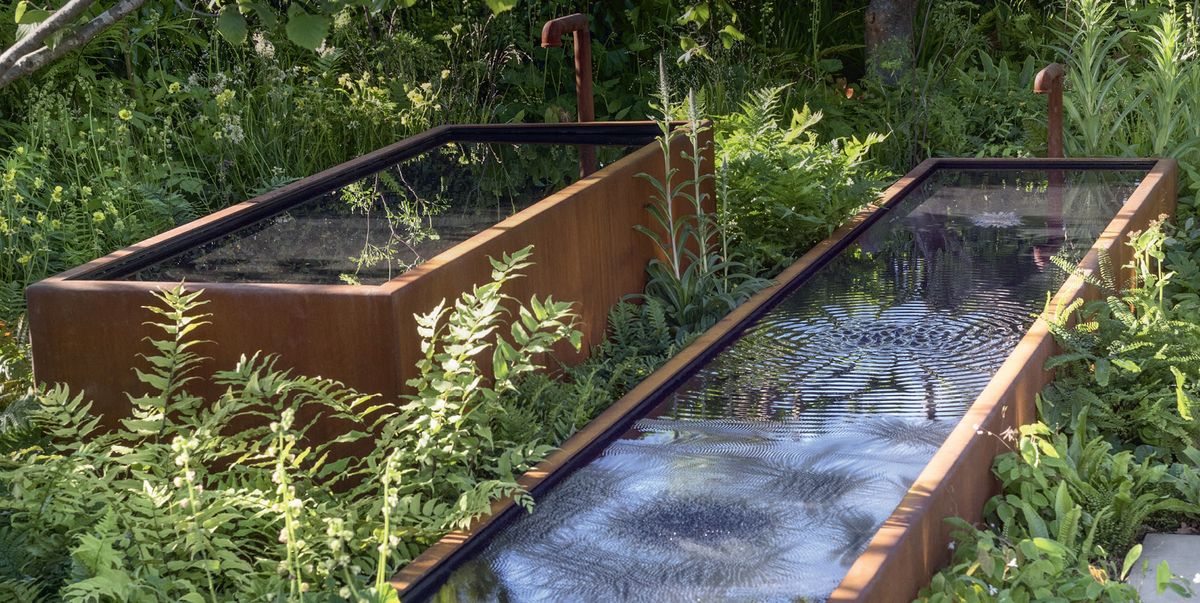
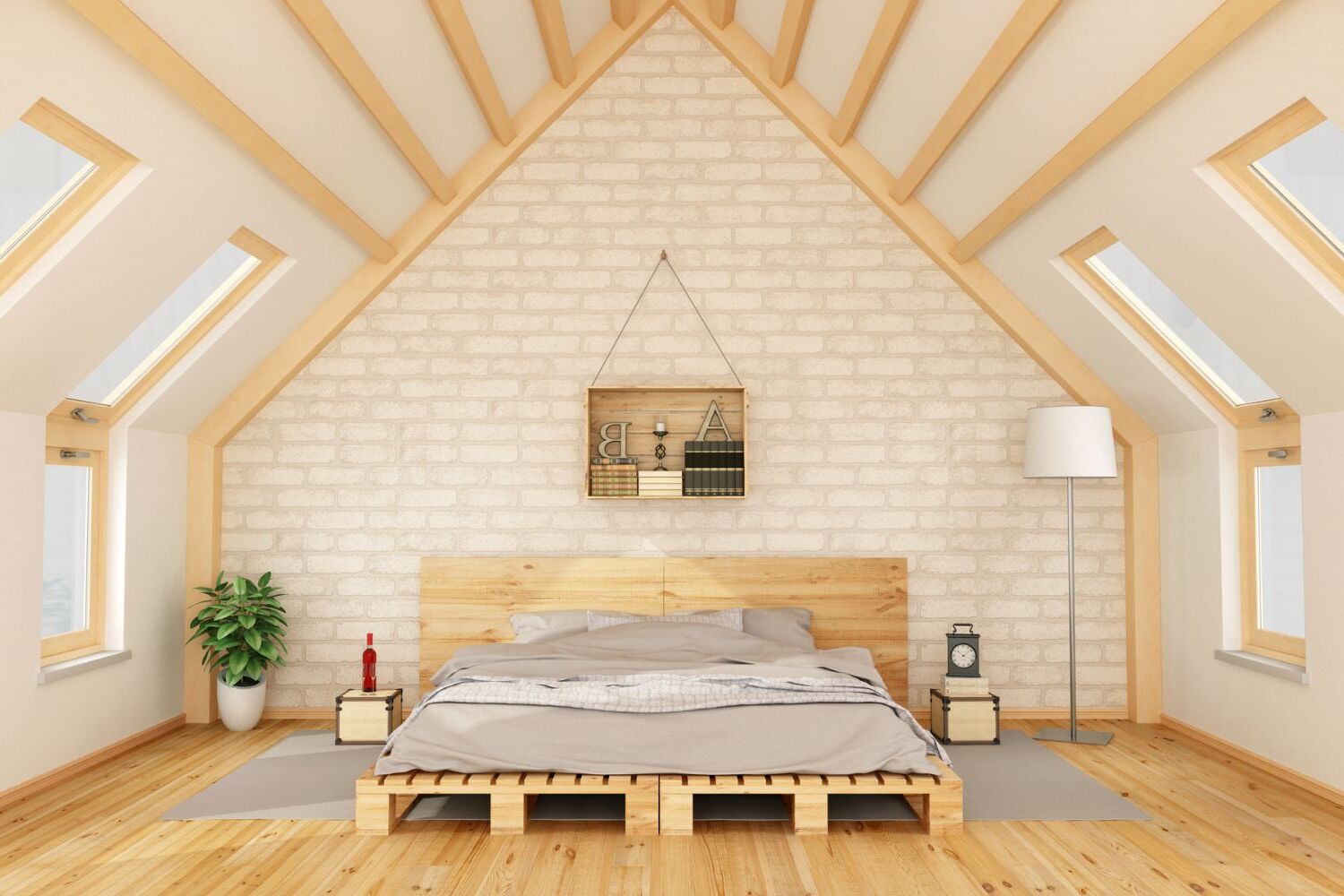
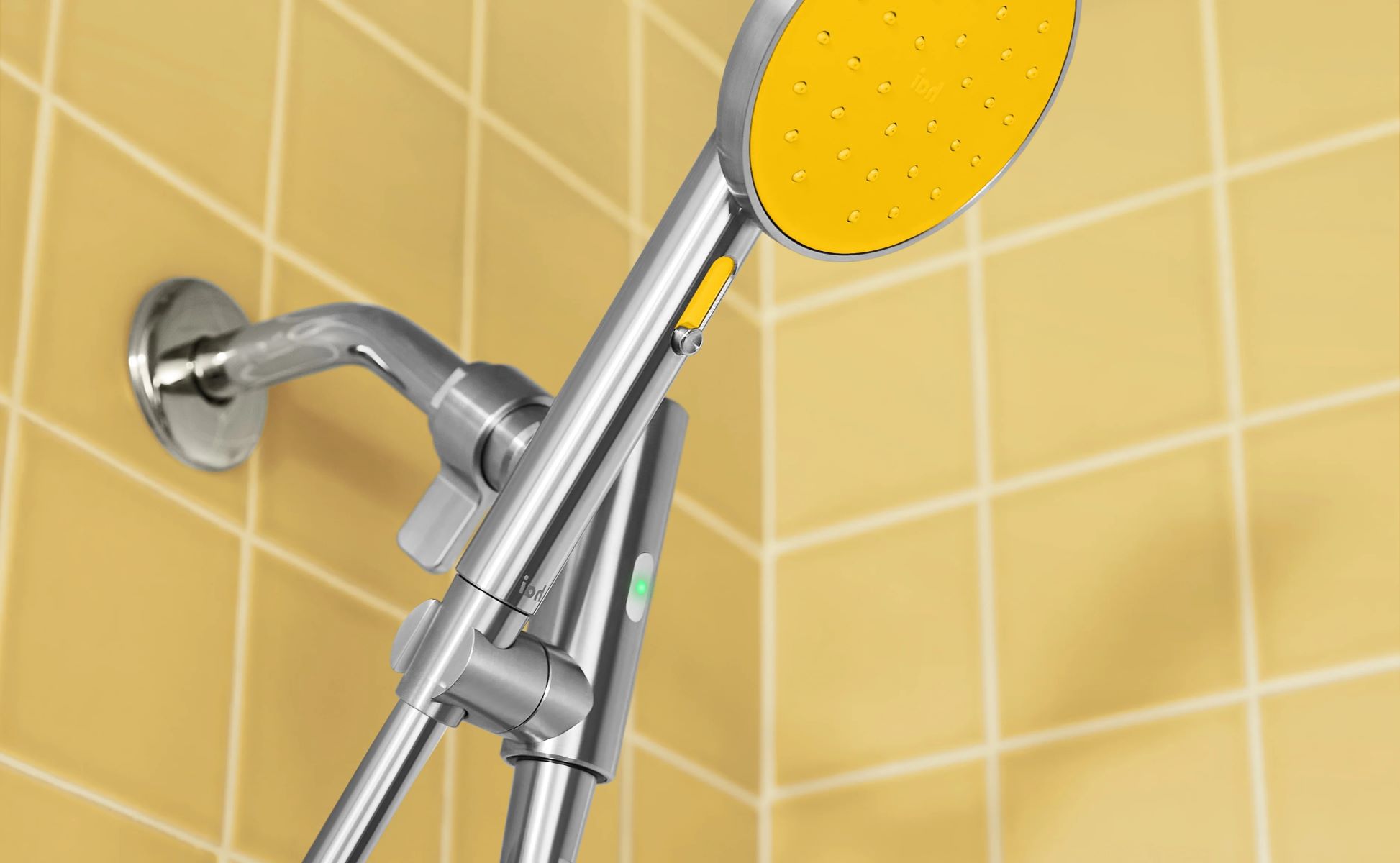
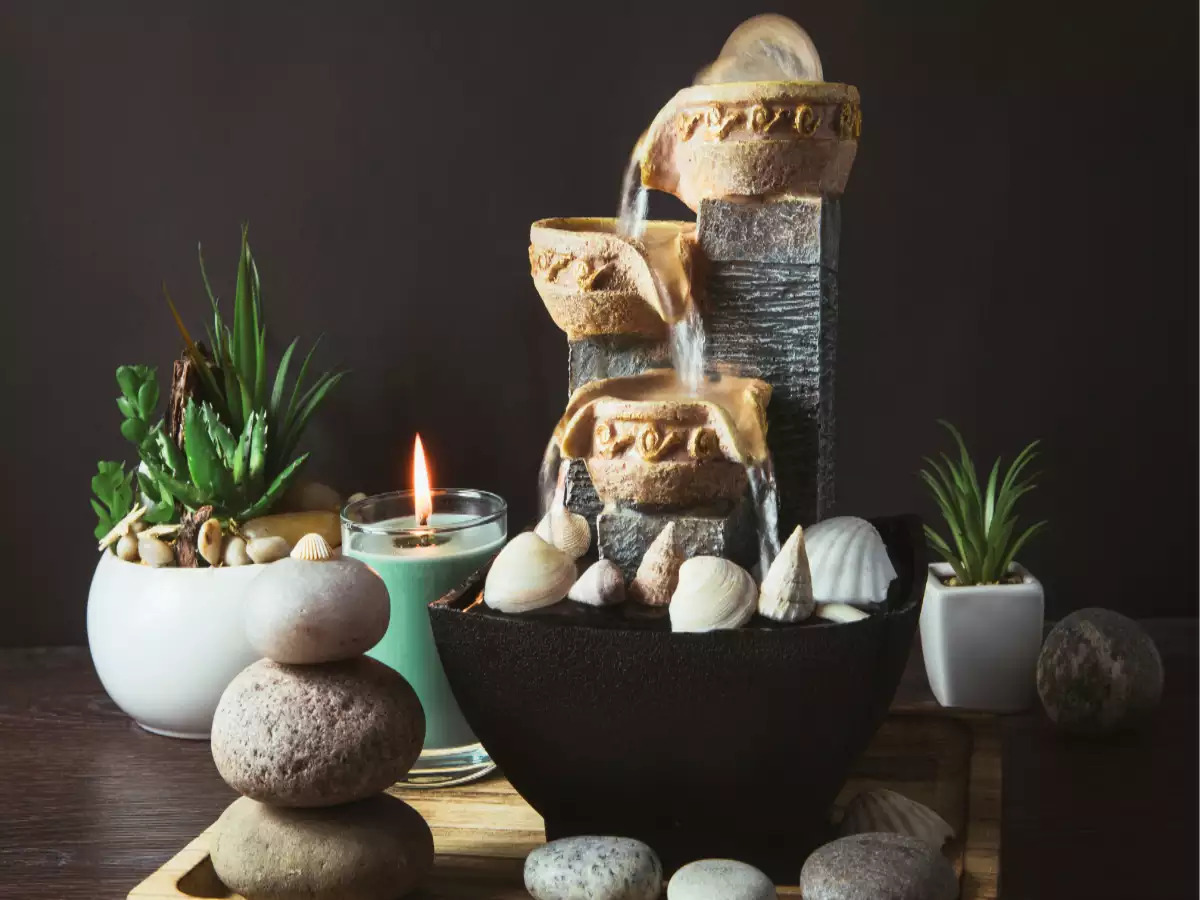

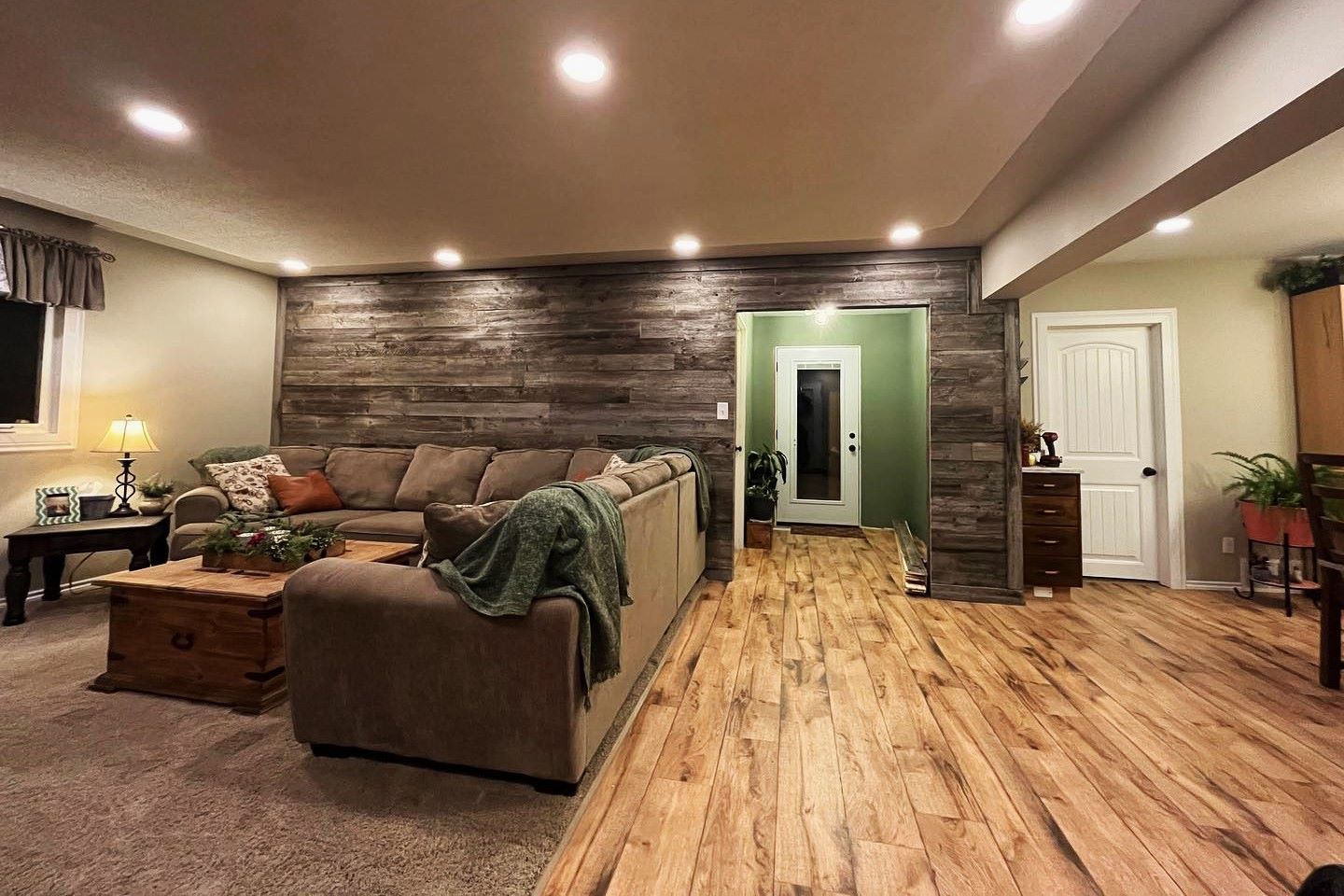
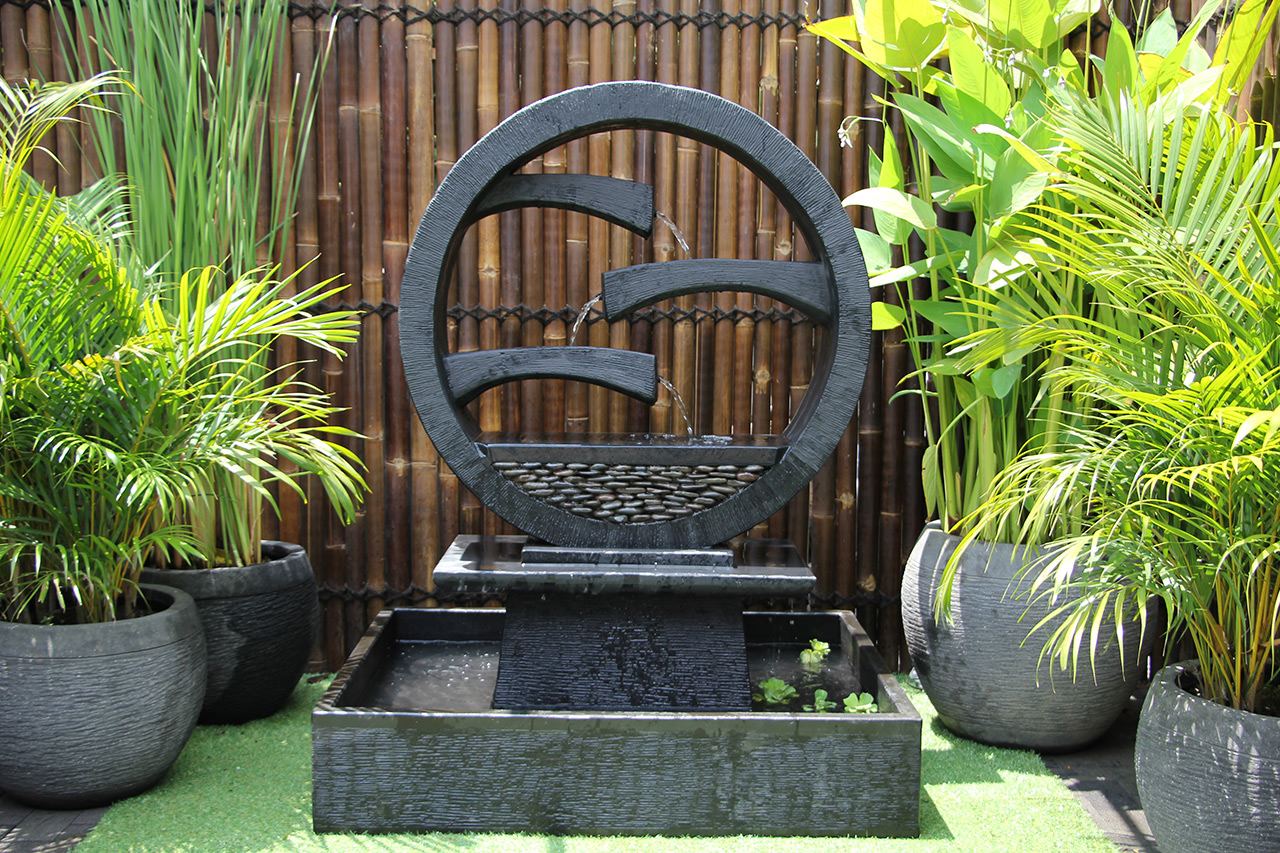
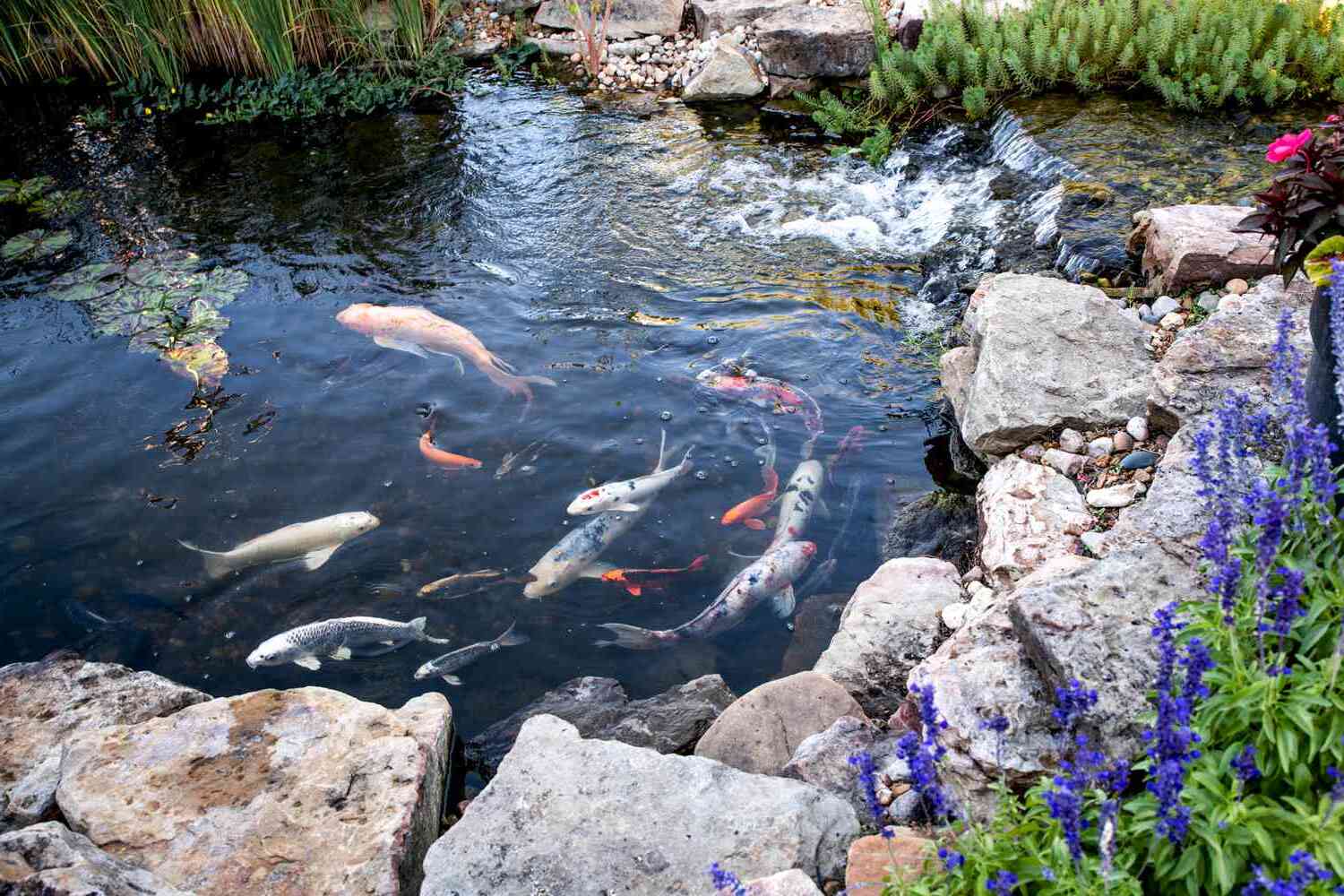
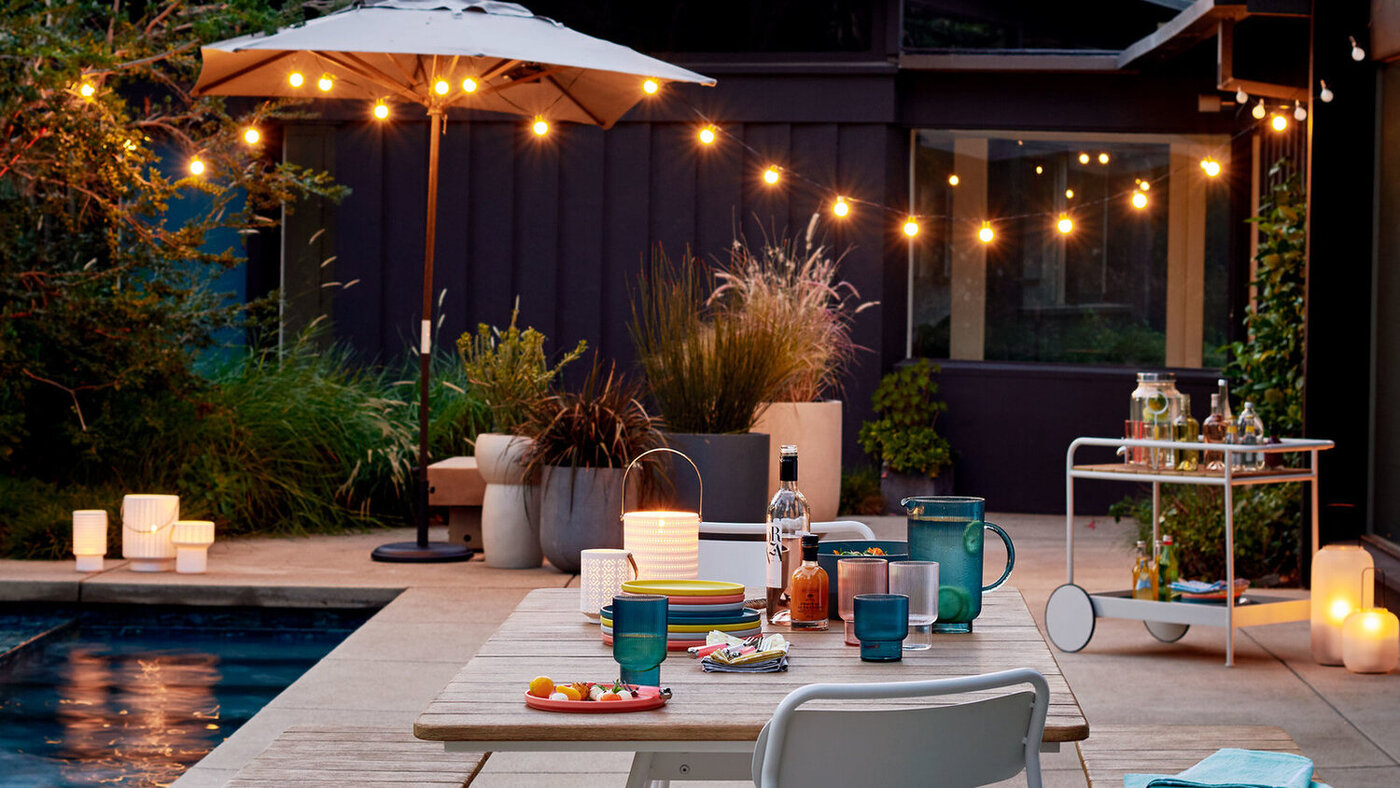

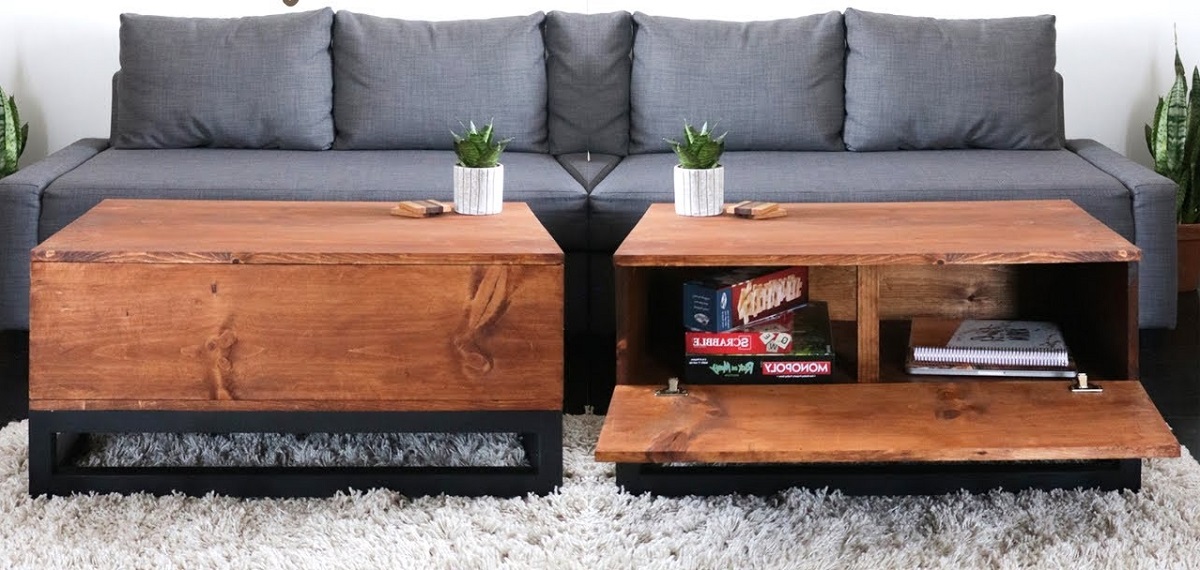
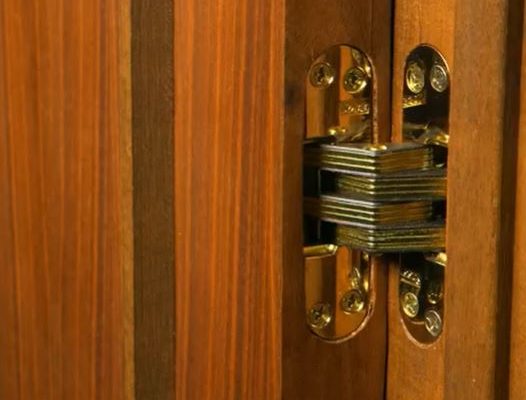

0 thoughts on “Hidden Oasis Indoor Water Feature Secrets”